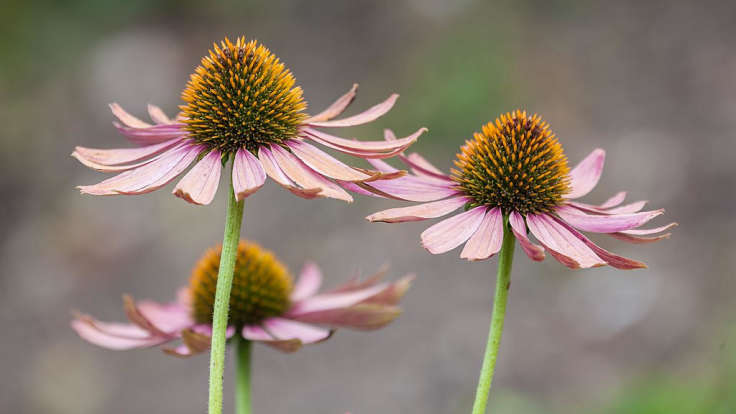
Purple Coneflower, a native plant in the prairies of the USA
Benjamin Vogt is a big US proponent of ornamental native prairie gardens. But I am thinking, what if forest gardens?
Tonight I was supposed to be watching Benjamin Vogt’s seminar ‘Designing With Commonly Available Native Plants’ (he has an online class by the same name as well).
Instead, I watched part of it, while the internet collapsed in a flaky pile around my computer, with me cussing and throttling the children’s YouTube intake.
It was good, for the principles really as I’ll never be growing any prairie plants in West Wales, and I’m immensely unlikely to move to the USA. Benjamin has honed the presentation really well, and he is focussing on native plants for ornamental gardens.
I, on the other hand, like to create a rod for my own back, and I want edibles and foraging in the mix as well. I can see the attraction of just sticking to one approach, it is less confusing for the public. If you start talking about the detoxicant medical applications of Echinacea purpurea, then many folks will have an information overload. “It just looks nice and the wildlife likes it, that’s good enough for me.”
But but but, won’t teaching people how to forage their own garden give them even greater incentive to listen carefully to the plants? Pretty much every single UK native plant in Plants For A Future is edible, herbal, medicinal or useful to humans in some way. The only exception I’ve found so far is Barren Strawberry (Potentilla sterilis).